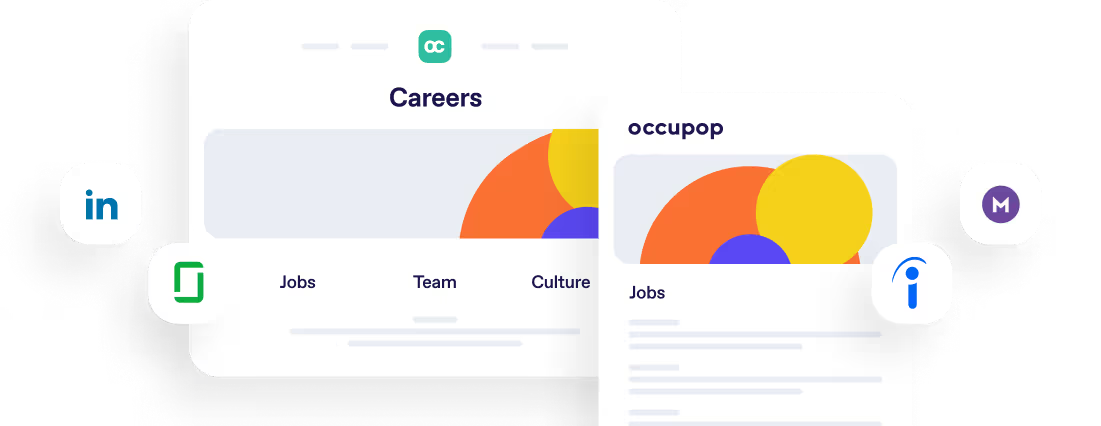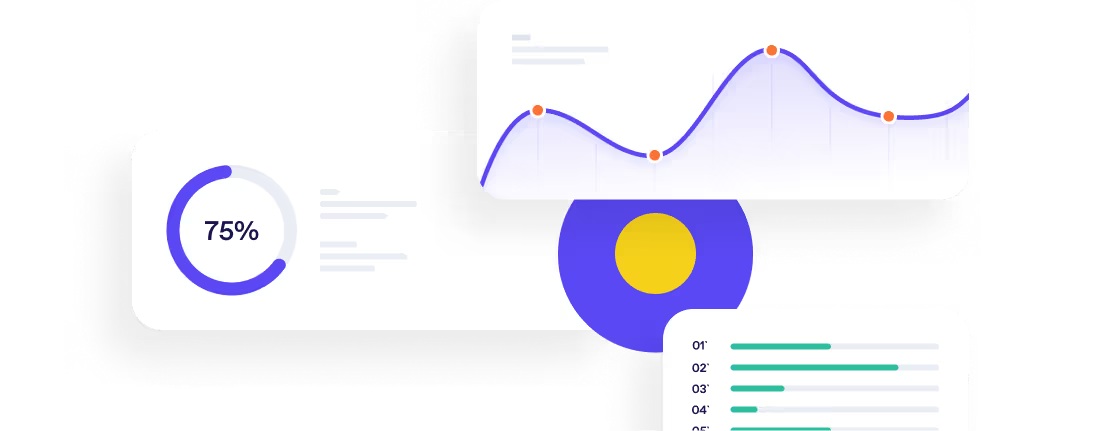How to Create a One-Page HR Strategy



Human resource leaders distinguish themselves because they excel at formulating, articulating and executing a high-level people strategy in a way that maximises business success. One of the primary challenges for HR leaders is to help organisational leaders understand and digest in simple terms, how HR and people strategy are a critical element that drives business success.
Download a free one-page HR strategy template and guide here.
Another key challenge for HR leaders is to avoid the temptation of diving deep into strategy documents — these are typically long, technical documents that are rarely looked at by people outside of the HR function. A one-page strategic plan is great tool to help HR engage business leaders in strategic business conversation by visualising the business model in a way that can be easily shared for collaboration across the organisation. From a one-page strategic plan, the strategy narrative evolves easily with a simple route from idea to action.
So the question is, how do you go about distilling your HR vision onto a one-page document that will help summarise, visualise and communicate the strategic plan? We have compiled a guide below in addition to a one-page HR strategy template that you can download and edit.

Capture your HR strategy on one page in 4 steps
Today’s disrupted HR conditions make it even more important for strategic plans to be clear, measurable and communicable. Key components include the following:
Step 1: Identify a number of key metrics or KPIs to describe the HR function’s current and desired end state
Step 2: Document and track the key assumptions
Step 3: Identify key initiatives and goals required to move to the end state
Step 4: Craft a concise 1-line sentence that captures the essence of the HR strategy
Step 1: Identify a shortlist of metrics or KPIs to describe the HR function’s target state
Step one is to collaborate with business leaders and other company stakeholders to make sure you’re clear on the macro-organisational strategy and targets for the year ahead. After this, start to identify the key KPIs that relate directly to HR and achieving these stated targets.
We recommend tracking approximately 5-8 metrics to keep the plan easy to communicate. These could include desired retention rates, labour turnover rates and successor coverage rates.
Step 2: Document and track the key assumptions
Incorporate assumptions developed during initial scenario planning to better understand which of these relationships are highly reliable “truths” while others represent highly uncertain challenges that may be difficult to control or predict. Make sure the assumptions are solid, with quantifiable levels for tracking, and frequently track the assumption thresholds to watch for advanced warnings of a potential breach. A breach of one of these assumptions would trigger an urgent strategy direction correction.
An example of this for the coming year could be “Budgets for reward packages will increase in line with inflation (5.1%) for the coming year.”

Step 3: Identify key initiatives and goals required to move to the end state
At the core of your HR strategy will be the select key initiatives that drive focused but validated planning for the year ahead.
We recommend that these key initiatives should:
· Represent your agenda to direct the business, not just run the business
· Seek to create value in line, and complimenting the overall organisational strategy and business trajectory
After specifying the key HR initiatives, set criteria and dates for key target milestones and goals for completion.
An example of this could be: “Embed remote working and provide employees more flexibility given challenging work conditions post C19”.
INSERT-CTA
Step 4: Craft a concise 1-line sentence that captures the essence of the HR strategy
Can you boil down the HR approach and strategy into one sentence? By boiling strategic planning down to only to the necessary elements and specific parts, you’re taking a waste-free planning approach. It enables a powerful and memorable summarisation tool for any presentation to stakeholders.
We recommend creating a statement to surmise the essence or core elements of a strategy, strive for a single aspirational sentence —be willing to sacrifice conciseness for clarity.

In summary
A high level, one-page strategic plan for HR can be a game changer when it comes to communicating the overall strategy succinctly to business partners all across the organisation. Looking for a sample template to tweak for your business? We got you!
Download your one-page HR strategy template and guide here.
INSERT-LINE
About Occupop
Occupop is a beautifully simple recruitment software / ATS System that helps your HR team focus on the work that matters with its intuitive design, features, and integrations which remove cumbersome learning curves, makes it accessible to everyone at work and saves hours of tedious HR admin work. If you think Occupop could be a good small business recruitment software solution for you, feel free to try it out with a free 14-day trial.
Summary Points
How to Create a One-Page HR Strategy
Step 1: Identify a few metrics or KPIs to describe the HR function’s current and target end state
Step 2: Document and track the key assumptions
Step 3: Identify key initiatives and targets required to move to the end state
Step 4: Craft a concise 1-line sentence that captures the essence of the HR strategy
Simple. Beautiful.
Recruitment Software.
HR updates sent straight to your inbox
You might also like...


Manage your entire hiring process simply, from engagement to management, hiring and onboarding







Simple. Beautiful.
Recruitment Software.
Recruitment Software.






